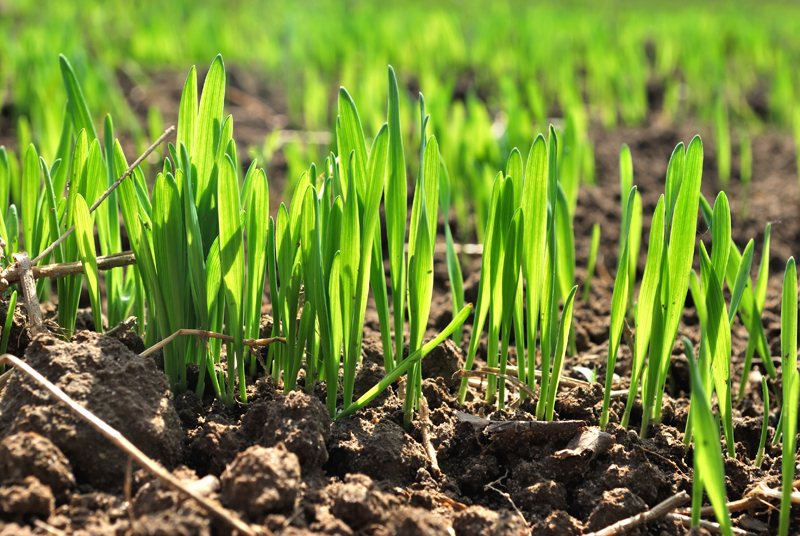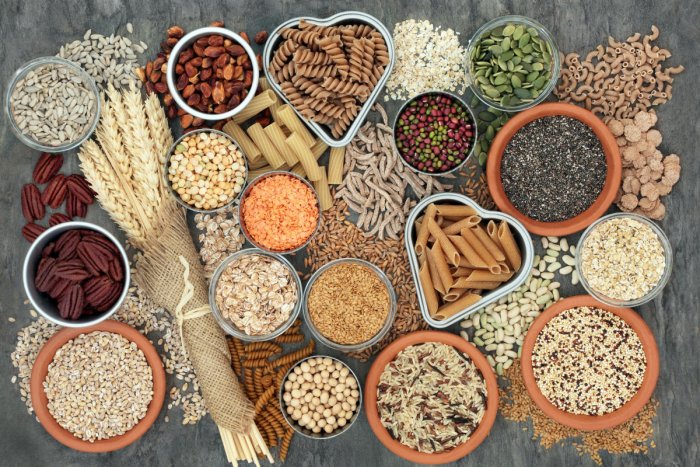Ligo General Trading is a Global Trader and Exporter
of Oilseeds, Pulses and Cereals

Ever since the beginning of agriculture, cereals have provided unlimited health benefits as a staple food in our diet. Cereals are rich in complex carbohydrates that provide you with ample energy and help to prevent cancer, constipation, colon disorders, and high blood sugar levels. They also enrich your overall health with abundant proteins, fats, lipids, minerals, vitamins, and enzymes. Cereals are enriched with niacin, iron, riboflavin, and thiamine, and most cereals have abundant fiber contents, especially barley, oat, and wheat. Cereals also have soluble bran that aids in lowering blood cholesterol levelsand keeping heart diseases at bay. Cereal consumption also means an intake of high amounts of protein; breakfast cereals are often eaten with milk, which makes for a protein-rich meal. For infants, iron-fortified cereals are said to be the premium solid foods.

What are Cereals?
Cereals or grains belong to the monocot families, ‘Poaceae or Gramineae’ and are cultivated widely to obtain the edible components of their fruit seeds. Botanically, these fruits are called ‘caryopsis’ and are structurally divided into endosperm, germ, and bran. Cereal grains are cultivated in huge quantities and they provide more food energy than any other type of crop, therefore, they are known as staple crops.
History of Cereals
Be it world history, the growth of civilizations or development in the human diet patterns, the cultivation of cereal grains has played a significant role. The word ‘cereal’ is derived from ‘Ceres’ – the name of the Roman goddess of agriculture and harvesting. It is said that almost 12,000 years ago, ancient farming communities dwelling in the Fertile Crescent area of southwest Asia cultivated the first cereal grains. The first Neolithic founder crops that actually initiated the development of agriculture include einkorn wheat, emmer wheat, and barley.
Cereal Production
Other than its superior nutritive value, cereals are popularly used in kitchens all over the world due to their prolific growth and plentiful production in most countries. Different countries have different cereals as their staple food; the reason for this diversity is the production statistics. For example, wheat is the most significant cereal in the diets of most European countries and India. On the other hand, rice is the primary grain used in China, Japan, South East Asia, Bangladesh, Pakistan, Brazil, Myanmar, Vietnam, and the US.

The staple food cereal in northern, central America and Africa is maize or corn, while millets and sorghum are widely consumed in India and Africa as well. Many factors like climatic differences, population choice, production quality, and others are responsible for such global differences of cereal consumption in tropical and subtropical regions. Cereals are also known as the “staff of life”. However, this name is not totally justified in a true sense because you probably cannot live on cereals solely for your lifetime and retain optimum health.






